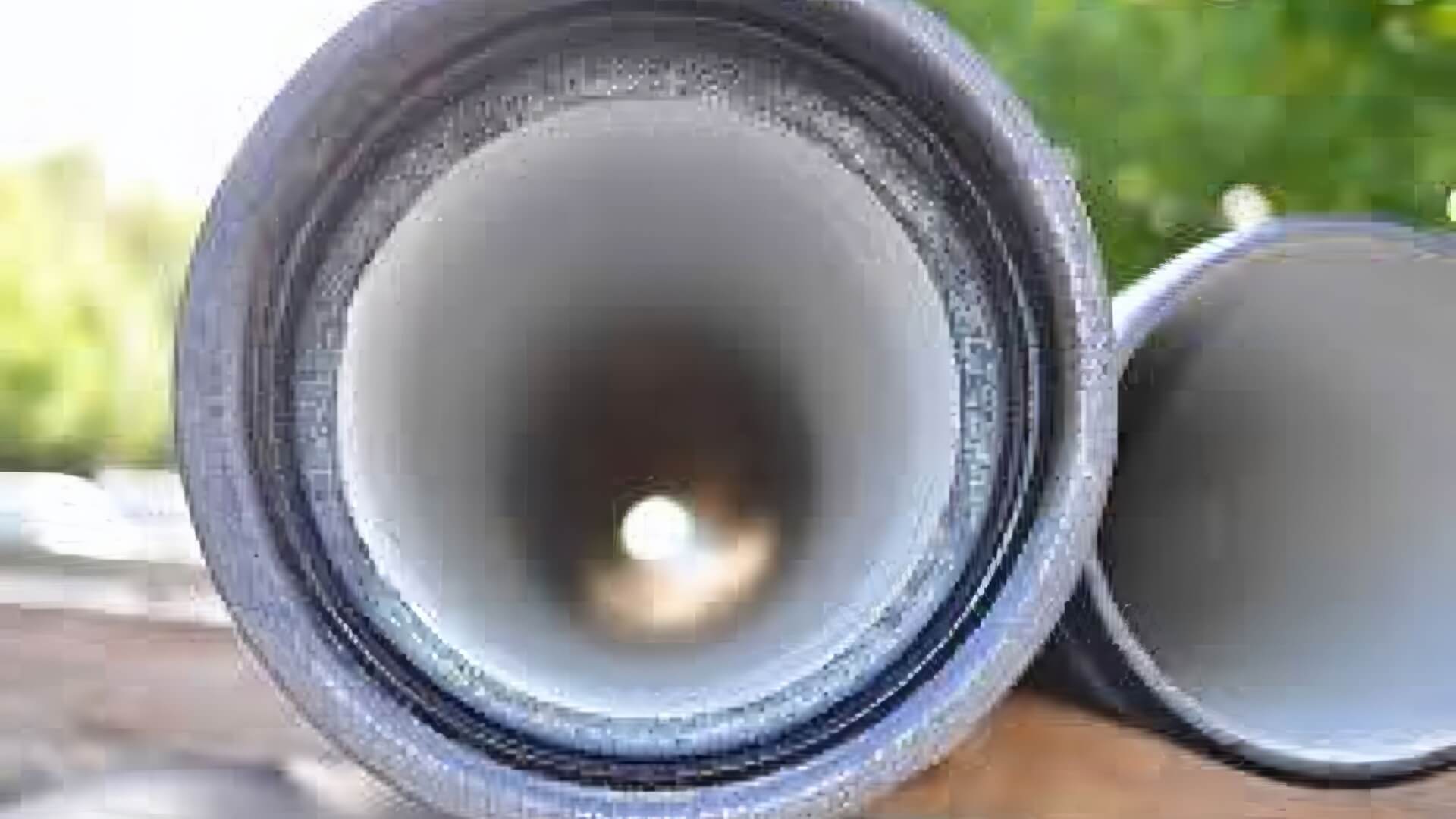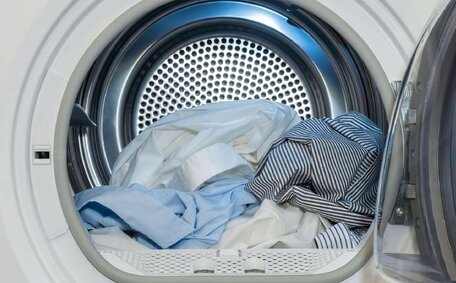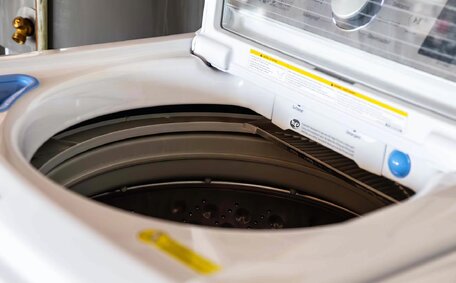Introduction to Pipe Relining
Trenchless pipe repair, commonly known as pipe relining, repairs drain pipes without the need for costly and disruptive excavation. The process entails inserting a resin-impregnated liner into the damaged pipe and allowing it to harden, thereby creating a new seamless pipe within the old one.
This technique is capable of repairing pipes and establishing a seamless interior within a range of materials, such as PVC, concrete, clay, and cast iron. Employing robotic cutters and CCTV cameras, the process deftly handles cast iron and concrete pipes with complex bends, spanning up to 90 metres.
With specialisation in addressing blocked drains and providing relining sydney-based solutions for various pipe types, Oatlands Plumbing boasts over 25 years of drain repair expertise for residential as well as commercial plumbing in the Oatlands locale. Skilled in relining cracked, leaking and broken pipes, we can effectively restore functionality and avert further deterioration, ensuring lasting plumbing integrity.
Pipe lining stands out as an economical, dependable, and eco-friendly option, outperforming traditional pipe replacement techniques. Get in touch with Oatlands Plumbing for a no-obligation quote today to discover how our pipe relining services can revitalise your old pipes.
Professional Assessment for Feasibility
A professional assessment by an experienced, licenced plumber is essential to determine the suitability of pipe relining for your specific pipe concerns. With over 25 years of industry experience, our Oatlands Plumbing technicians meticulously evaluate the feasibility of pipe relining, considering factors like bend angles, diameter, length, damage type, and pipe configuration to ensure an optimal solution.
We conduct a comprehensive inspection of the pipes and their integrity post-repair, utilising CCTV drain cameras and advanced diagnostic tools for complete visibility. Specific factors we evaluate are:
- Extent of damage - large cracks, holes, root intrusion
- Amount of blockages, buildup, corrosion
- Number and sharpness of bends
- Accessibility for liner to be inserted into/curing
Guided by these details, we chart the most suitable repair path, enabling us to create new, effective solutions
With our engineering expertise on the latest trenchless technologies and relining system capabilities, we can create a new seamless pipe to give you peace of mind and revitalise your drain.
Relining Techniques for Complex Pipes
There are two main relining techniques suitable for repairing pipes with complex bends, angles, and configurations - Inversion lining and Cured-in-Place Pipe (CIPP) lining.
Inversion Lining: Can used to accurately position a flexible resin-saturated felt tube liner against the damaged wall utilising water or air pressure, following its inversion. As the liner hardens, it creates a new, seamless repair within the old pipe, conforming accurately to every bend and angle.
Subsequently, hot water or steam is circulated to cure the resin.
Inversion liners, tailored to fit the diameter of existing pipes, can navigate multiple 90-degree bends, making them suitable for the relining process over extended distances. The flexibility allows liners to stretch and compress to handle up to 15% diameter changes.
CIPP Lining: This method is key to repairing damaged pipes, involving a resin-saturated felt sleeve meticulously liner inserted into via accessible points and inflated with air pressure to ensure full contact, followed by curing with hot water or steam. CIPP liners can stretch along straight pipes over 300 feet and handle sweeps and bends under 45 degrees.
Although relined pipes may experience up to a 15% reduction in diameter, advanced engineering ensures that the flow capacity remains maximized.
Inversion Lining Method
The inversion technique, appropriate for maneuvering into damaged areas with multiple bends, angles, and complex configurations, can perform repairs effectively. It necessitates inverting a flexible resin-soaked liner into the damaged pipe and securely fastening it at the other end.
Water or air pressure pushes the liner firmly into the damaged interior, moulding it precisely to the host pipe’s contour.
The liner is then cured in place using hot water or steam to activate the resin. As it hardens, it forms a smooth, jointless relined pipe within the old one.
Inversion liners’ precise conformity to the existing pipe’s geometry makes them ideal for renewing lengthy sections, navigating around cracks, 90-degree bends, varying diameters, and challenging configurations.
Inversion liners provide optimum flow capacity as they match the old pipe diameter while adding structural integrity.
Limitations of Current Methods
While pipe relining technology has advanced significantly, there are still certain limitations to the methods used today:
- Current liners are unable to navigate extremely tight bends and angles less than approximately 22.5 degrees.
- Pipes that have fully collapsed or are severely damaged along large sections often cannot be repaired, only replaced.
- Root intrusion damage and calcite buildup must be cleared before relining can occur.
- If a pipe has narrowed more than 12-15% of its diameter, flow capacity may still be reduced after relining.
- Accessibility issues can prevent liner insertion and curing in confined spaces.
When relining is not viable, complete pipe replacement with trenching may be required.
When Full Replacement is Needed
In some scenarios, full pipe replacement, rather than relining, is necessitated, although the latter can be used for repair in many circumstances:
We aim to provide honest assessments and ideal outcomes whether by trenchless relining methods or full replacement.
Cost Comparison to Replacement
Drain pipe relining can notably reduce the total cost, serving as an efficient alternative to complete pipe replacement. On average, relining costs between 50% and 80% less than trench-digging and the removal and replacement of old pipe sections.
Key reasons why pipe relining costs much less include:
- No excavation needed, eliminating property damage and landscaping expenses
- Significantly quicker, usually completed within 1-2 days compared to 1-2 weeks
- No need for worksite cleanup or driveway and pathway repaving
- Homeowners can stay during the process, avoiding relocation expenses
- Requires fewer labour hours and eliminates the need for heavy machinery rentals
After inspecting, we offer guaranteed quotes, providing clear cost expectations upfront. Pipe relining averages between $70 to $250 per linear foot compared to $200 to $500 per foot for full replacement.
FAQs about Pipe Relining
Can pipes with 90-degree bends be relined?
Yes, Techniques like inversion lining use flexible liners, penetrating multiple 90-degree bends across distances reaching 90 metres.
What types of pipes can be relined?
Pipe relining effectively repairs a diverse range of pipes including PVC, concrete, clay, galvanised steel, and cast iron.






